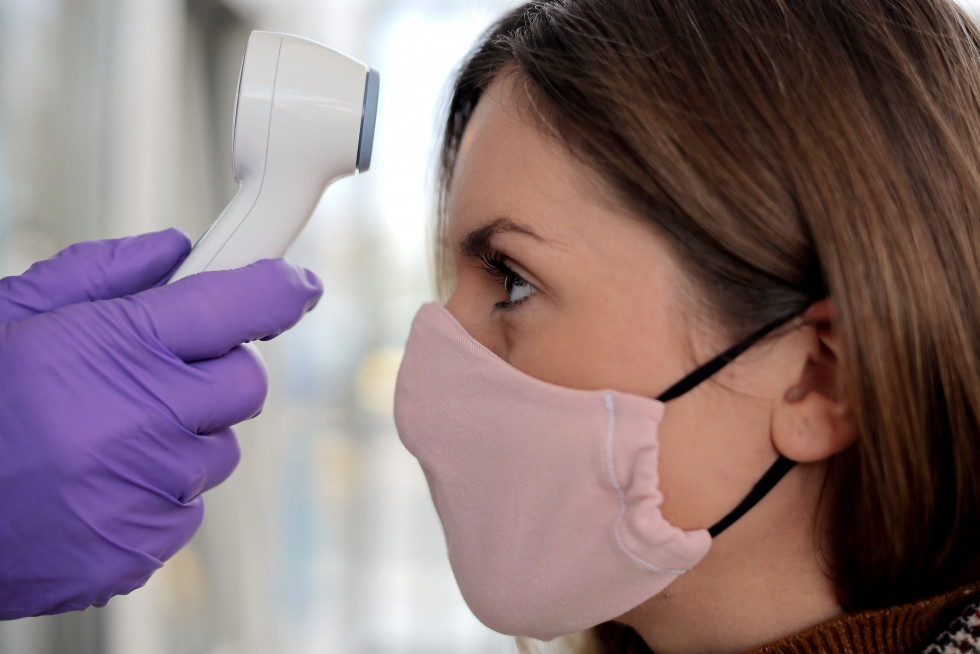First study carried out on herd immunity of the population in the whole territory of Slovenia
It was found that one in thirty Slovenian citizens or 66,000 people are infected with the coronavirus, which is 45 times the number of infections confirmed to date. Herd immunity in the population was estimated to be to 2–4% (with a 95% confidence interval) Within the national study on the spread of COVID-19 in Slovenia, 41 out of 1368 people included in the study tested positive for coronavirus antibodies, which is 3.1%.
For the study, 3000 persons were invited to be tested, which is considered a representative sample based on age and geographical distribution. Of those invited, 1368 people decided to participate in the study and 1367 swab samples and 1318 blood samples were collected.
The results of these tests relate to the first part of the study which will last until October. In the second part of the study, the experts will contact the tested persons every two weeks; they will ask them by phone if they have any symptoms typical of COVID-19 and if so, which symptoms they have. If the participants have any symptoms, they will have swab and blood tests taken again. At the end of October, blood samples will again be taken from those participants who agree to participate in the study so as to determine the presence of antibodies and the number of infected people who have been exposed to the virus. By comparing the results of the spring and autumn samples, experts will be able to find out how the coronavirus behaves in the summer, at the time of major migrations of the population.
It is the first study of its kind in the world aimed at measuring infection in a representative population sample across the entire country. Together with a diagnostic approach, it determines whether a person has been actively infected or has already become immune.


